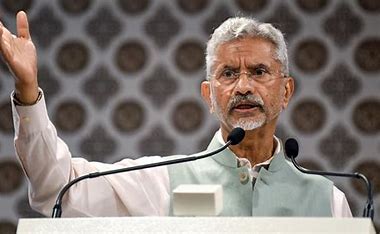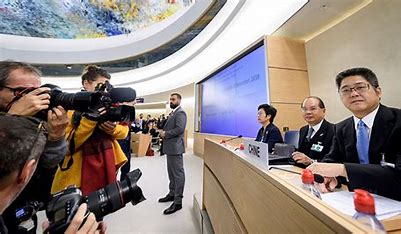
The Aim of Smart Temple Mission:
The Aim of Smart Temple Mission is to revolutionise the gap between devotees and pilgrim experience through technological convenience; it is an unique and ambitious initiative to modernise temples. The primary objective is to implement a “Devotee-Centric Approach for Convenience” through the Smart Temples Mission. At its core, this shared mission seeks to enhance not only temple and pilgrim tourism but also to play a pivotal role in fostering the growth of temple-dependent economies.
The focus revolves around creating a seamless and convenient experience for devotees throughout their spiritual journeys. By integrating technology into the temple experience, the Smart Temples Mission ensures that devotees can navigate the sacred spaces with ease, enriching their connection with spirituality. As the mission progresses, it aims to redefine the way people engage with and experience temples, making these sacred spaces more accessible and relevant in the digital age.
Critical components of this mission include safety measures, security protocols, surveillance systems, disaster planning, festival coordination, food management, augmented reality (AR), virtual reality (VR), funds management, and more. Moreover, smart temples also play a role in environmental sustainability by efficiently managing resources like electricity and water.
The use of technology in Smart Temple Mission
Augmented Reality (AR) Immersion:
Smart Temples Mission involves the integration of Augmented Reality (AR) technology to offer devotees immersive and educational experiences.
Through AR-guided tours, visitors can delve into the temple’s history, significance, and rituals. This innovative approach creates a more engaging divine experience, providing a deeper connection for those seeking spiritual enrichment.
Efficient Crowd Management & use of Robotic Assistance:
In response to the need for efficient crowd management, temples have implemented electronic Queue Management Systems. These systems utilise centralised control mechanisms to regulate crowd flow, providing real-time information on wait times. The result is a significant reduction in waiting times, ultimately enhancing overall visitor satisfaction and improving the overall pilgrimage experience.
In a bid to streamline operational tasks, some temples have embraced the assistance of robotics. These robots serve various functions, acting as guides, sources of information, or performers of simple tasks. The integration of robotics not only contributes to overall operational efficiency but also ensures a unique and hassle free exposure
Digitalisation of Donation in temple ecosystem:
The rise of digitalization has made easy accessibility for temple donations, introducing a seamless avenue for devotees to make contributions through online platforms. This transformation is an important move that has brought in new wealth for the temple economy. The accessibility and smooth transaction of offerings via digital channels not only modernise the donation process but also provide a more convenient and efficient way for devotees to express their support.
Balancing Tradition and Innovation:
This approach to incorporate technology underscores the commitment of temples to evolve with the times while preserving the sacred essence of their traditions. The integration of modern solutions aims to make temple visits more accessible, engaging, and memorable, reflecting a harmonious blend of tradition and innovation.
Overall, the “Smart Temples Mission” represents a forward-thinking approach to the intersection of technology, spirituality, and convenience.
By embracing innovation, this initiative not only modernises the temple experience for devotees but also holds the potential to transform the economic landscape of temple-dependent regions, ensuring a harmonious blend of tradition and progress.
Giresh Kulkarni, is the founder of Temple Connect & International Temples Convention & Expo (ITCX).















